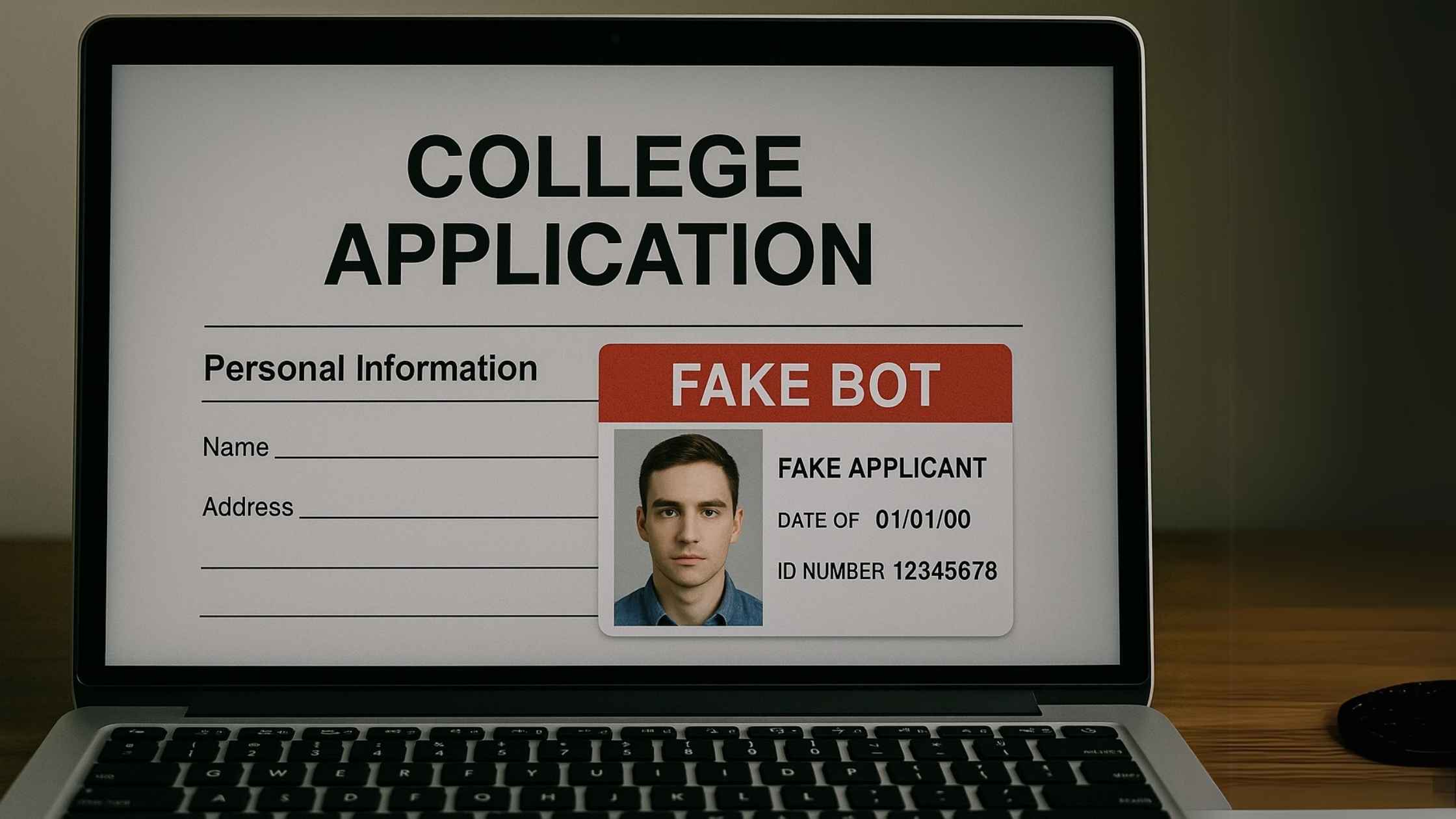In the digital-first world of college admissions, universities are embracing efficiency through online applications and virtual assessments. However, this transformation has unlocked a dangerous side effect — the rise of synthetic identities and fake applicants.
What Are Synthetic IDs?
Unlike stolen identities, synthetic identities are fabricated using a mix of real and fake information — often combining a valid social security number (typically from minors or deceased individuals) with fictitious names, emails, and credentials. These personas are convincing enough to pass traditional identity checks and infiltrate admission pipelines undetected.
Why Synthetic IDs matter in College Admissions?
The higher education sector, especially during peak application seasons, can be overwhelmed by volume. This makes manual verification ineffective and provides synthetic applicants a golden opportunity to slip through. Some apply to access student benefits like loans or visas, while others abuse the system for test fraud or money laundering.
AI-Powered Impersonation: The New Arsenal of Fake Applicants
The threat is no longer just about forged documents. Advanced AI tools are now being used to:
- Generate realistic-looking IDs using deepfake technology
- Create automated bots to submit multiple applications at scale
- Simulate human behavior during virtual interviews or online exams
- Bypass proctoring systems using voice changers, AI-driven avatars, and teleprompters
These tactics can outsmart legacy defense. Institutions relying solely on static checks or manual screening are at serious risk.
Talview’s AI-Driven Defense: Reinventing Trust in Admissions
At Talview, we understand the evolving nature of admission fraud. That’s why we’ve designed an end-to-end solution built to defend against synthetic applicants from application to enrollment.
1. Digital Identity Verification
Talview’s advanced verification suite combines:
- Government ID validation
- Facial recognition with liveness detection
This ensures that every applicant is real, present, and who they claim to be.
2. AI Bot Defense for Admissions
Talview’s Bot Defense module automatically detects and blocks suspicious activities such as:
- Multiple applications from the same IP/device
- Usage of fake or stolen credentials
- Automated form-filling by bots
- Behavioral patterns inconsistent with real human users
3. AI-Proctored Assessments
Our AI-powered proctoring system goes beyond simple webcam monitoring:
- Real-time monitoring with flagging of suspicious activity
- Detection of external screen usage, alternate browsers, and background voices
- Integration with exam engines for seamless candidate evaluation
4. Risk-Based Candidate Scoring
Talview uses AI and behavioral analytics to score applicants on fraud risk parameters, enabling admissions teams to prioritize reviews, investigate anomalies, and fast-track genuine candidates.
Real Impact: Securing Trust, Reducing Fraud, Enhancing Experience
By partnering with Talview, institutions benefit from:
- Up to 95% reduction in fraudulent applications
- Faster application processing without compromising verification
- Higher trust in student identity across all stages of admissions
- Frictionless candidate experience powered by automation
Final Thoughts: Securing the Future of College Admissions
Synthetic identities and fake applicants aren’t just a futuristic concern — they’re a present danger. The good news? With AI-driven verification, proctoring, and bot detection, institutions can regain control.
At Talview, we’re committed to empowering universities to embrace digital admissions without sacrificing trust. In a world where even a fake applicant can look convincingly real, your best defense is a proactive, intelligent offense.
Ready to protect your admissions process from synthetic fraud? Talk to Talview today.







Leave a Reply